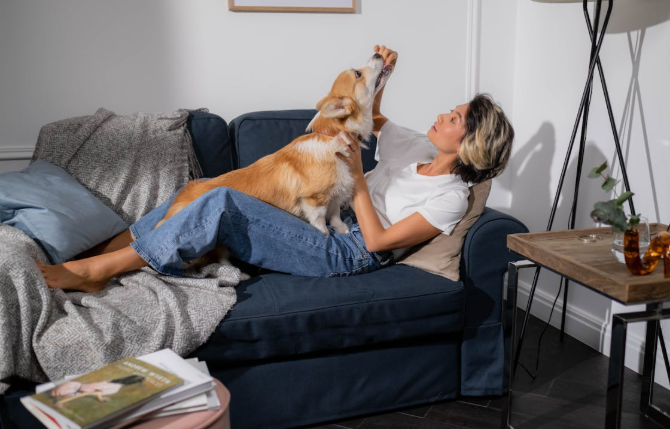10 Mistakes to Avoid When Painting Your First Home
- Masha Boiko
- Sep 23
- 3 min read
First-time painters often make the same mistakes - drips, bad prep, wrong tools. Here’s how to do it right from the start.
Painting your first home is exciting. It’s also a project that can quickly go wrong if you rush or skip key steps. From choosing the wrong brushes to ignoring surface prep, small errors can lead to patchy colour, peeling paint, or a finish that never feels “done.” Below we share the top 10 painting tips to help you sidestep common beginner mistakes and achieve a smooth, professional look - even on your very first DIY attempt.

1. Skipping Surface Preparation
The most common error is diving straight into painting without cleaning, sanding, or priming. Dust, grease, and old flaking paint stop new paint from adhering.
How to avoid it: Wash walls with a mild detergent, repair cracks, sand rough spots, and use a quality primer where needed. You should never underestimate the importance of primer when transforming your space.
2. Ignoring the Power of Primer
Primer isn’t just for drastic colour changes. It seals surfaces, blocks stains, and helps paint last longer.
Tip: Even when covering a similar colour, a primer can reduce the number of top coats you need and improve durability.
3. Using the Wrong Tools
Cheap brushes shed bristles and low-quality rollers leave uneven texture.
Solution: Invest in good-quality brushes and rollers matched to your paint type - synthetic bristles for latex, natural for oil-based.
4. Forgetting to Protect Floors and Furniture
Paint splatters travel farther than you think.
Solution: Use drop cloths, not old sheets. Tape edges carefully and remove or cover furniture. Painter’s tape is inexpensive insurance.
5. Poor Paint Selection
Choosing the wrong type of paint for a room’s conditions can mean premature peeling or constant touch-ups.
Example: Bathrooms and kitchens benefit from moisture-resistant finishes like satin or semi-gloss, while living areas may suit matte or eggshell.
6. Overlooking Colour Testing
Paint looks different under various lights and times of day.
Solution: Always test with sample pots on multiple walls and check in daylight and evening light before committing.

7. Not Allowing Enough Dry Time
Rushing the process - recoating too soon or closing windows - can cause bubbling and uneven sheen. Solution: Follow the manufacturer’s recommended drying times and keep the room well-ventilated.
8. Improper Cutting-In Technique
Cutting in (painting the edges first) without a steady hand can create uneven borders.
Tip: Use an angled brush and keep a damp cloth nearby to clean up slips immediately.
9. Neglecting the Ceiling
Many first-time painters ignore the ceiling or assume it won’t need paint.
Reality: A freshly painted ceiling brightens the whole room. Choose a flat or matte finish to hide imperfections.
10. Underestimating Clean-Up
Leaving brushes soaking or forgetting to seal paint cans leads to ruined tools and dried paint.
Solution: Clean brushes and rollers as soon as you finish, and seal leftover paint tightly for touch-ups.
If you realise halfway through that the job is bigger than expected, our professional painters at Adam can step in at any stage. We offer guidance on everything from colour selection to finish types, ensuring a flawless result while saving you time and stress.
Your first painting project doesn’t have to look like a first attempt. With the right preparation, quality materials, and a bit of patience, you can achieve a clean, professional finish that transforms your home.



